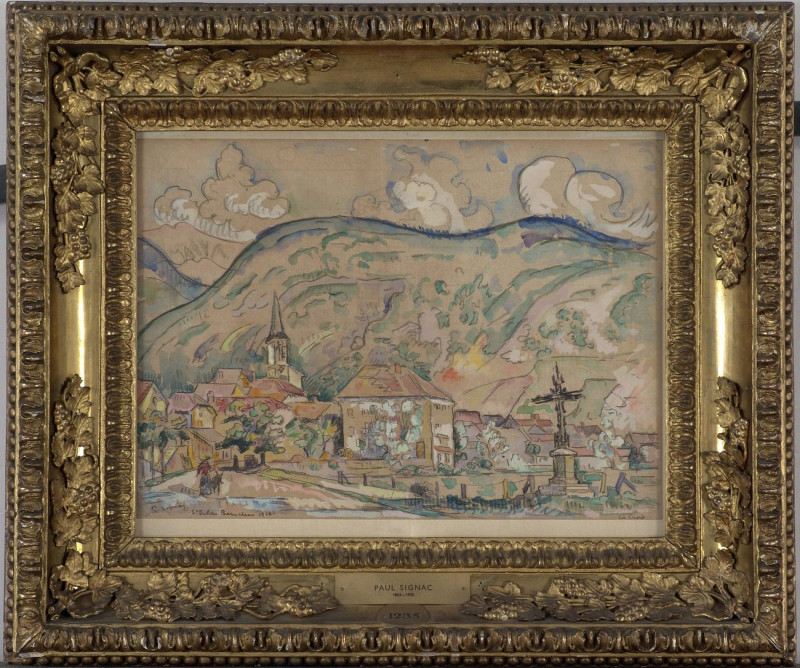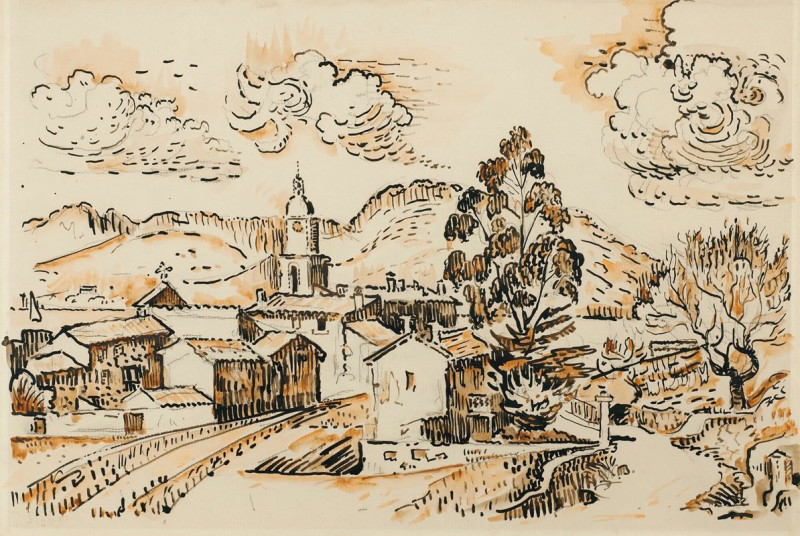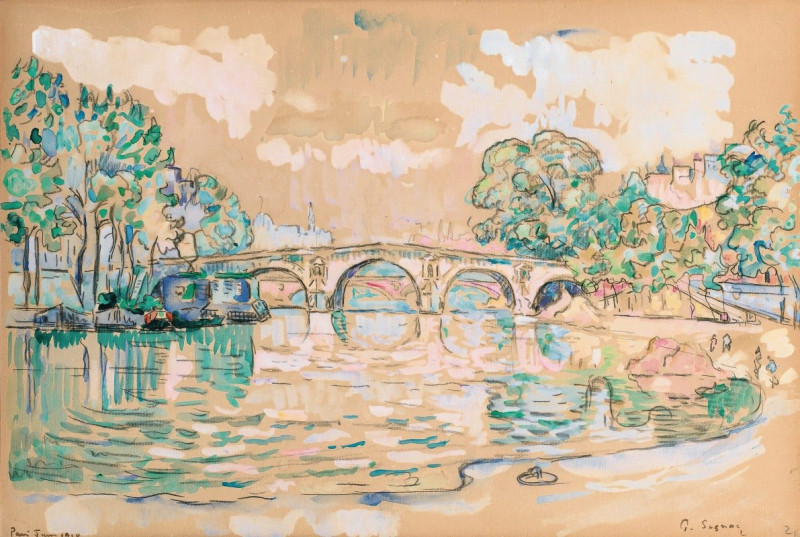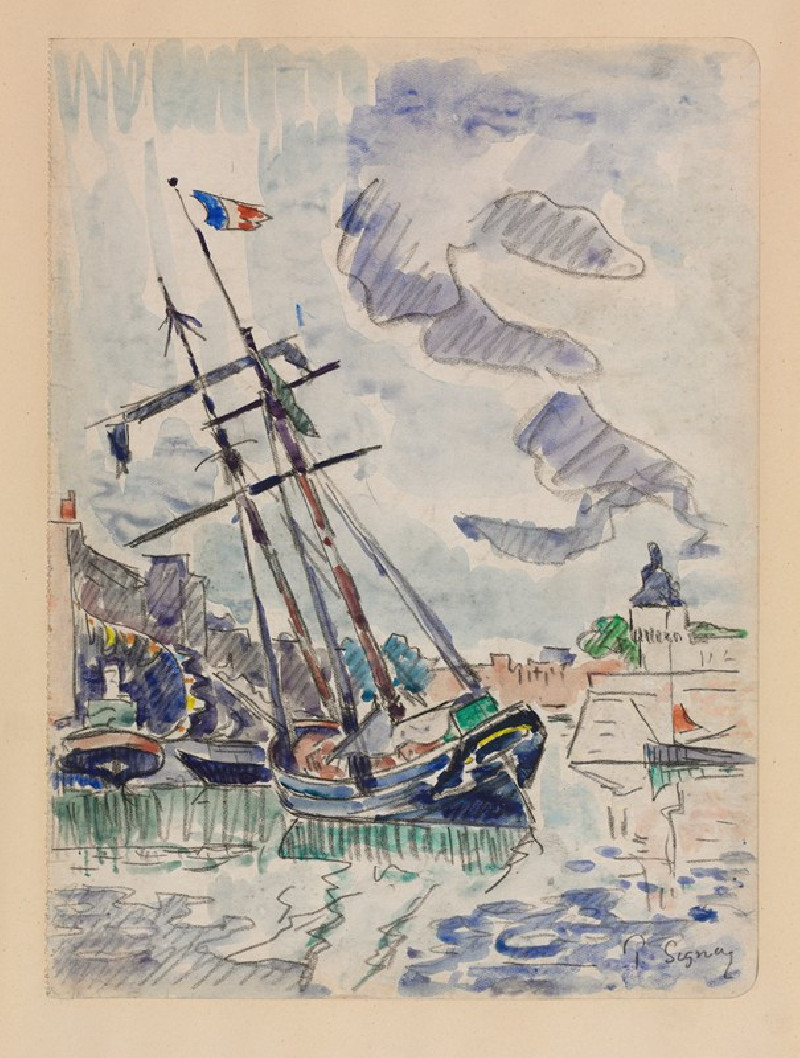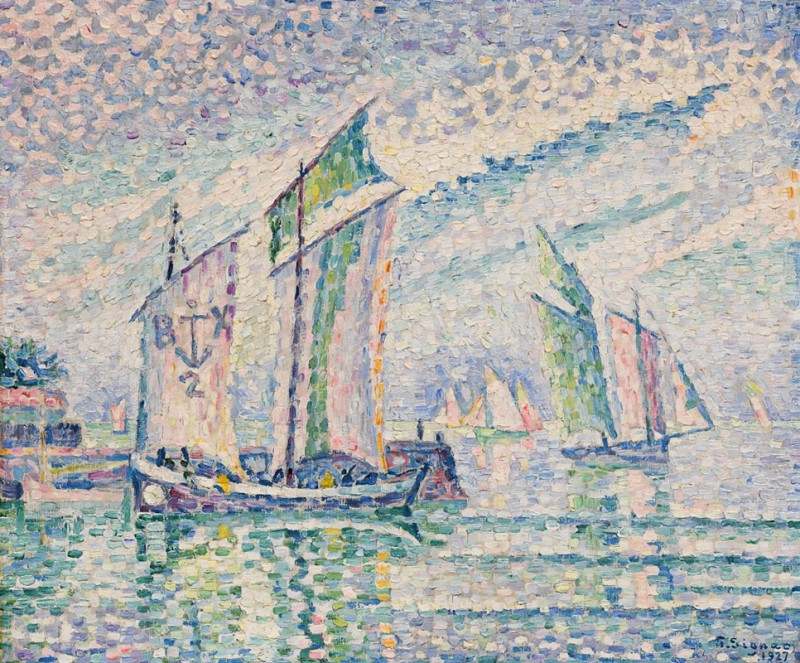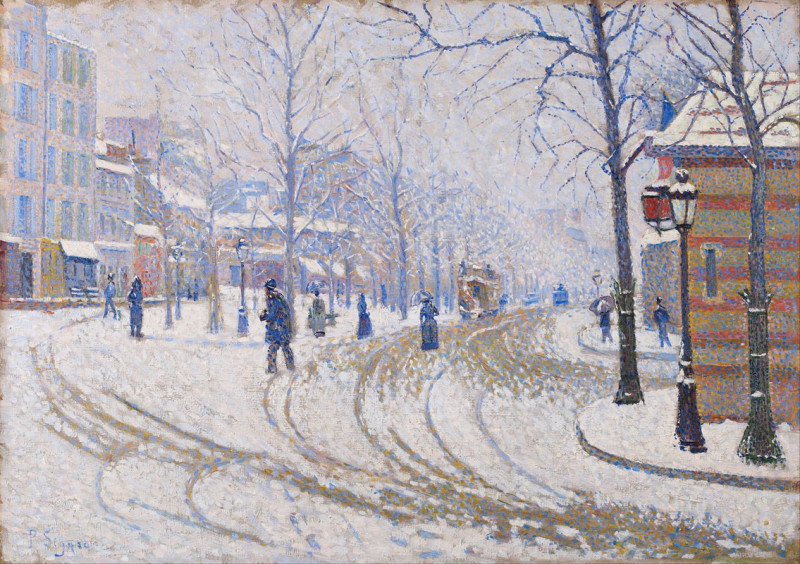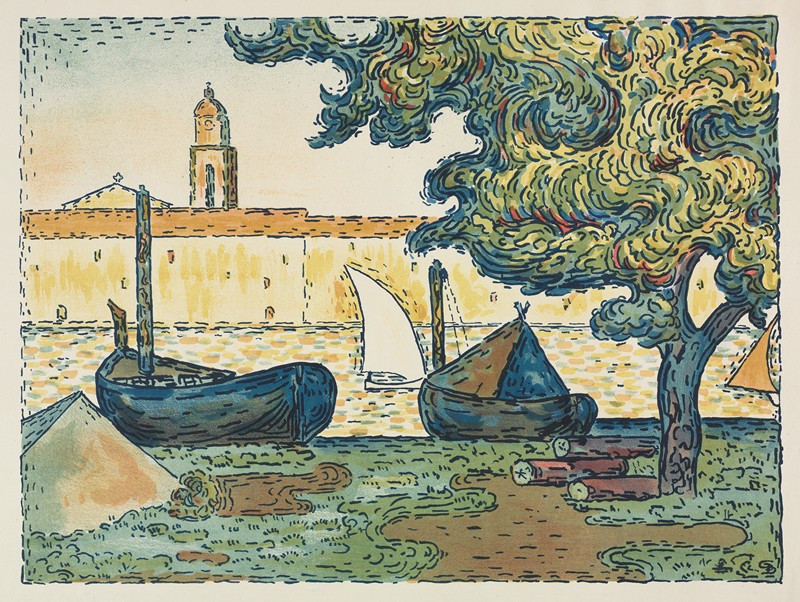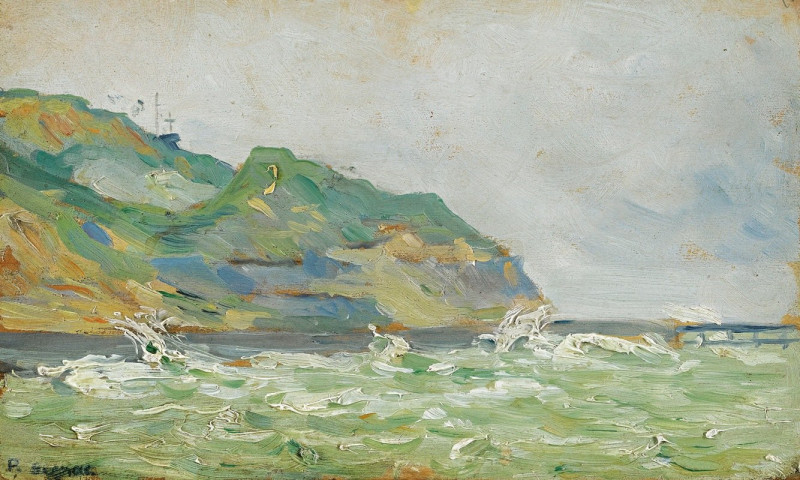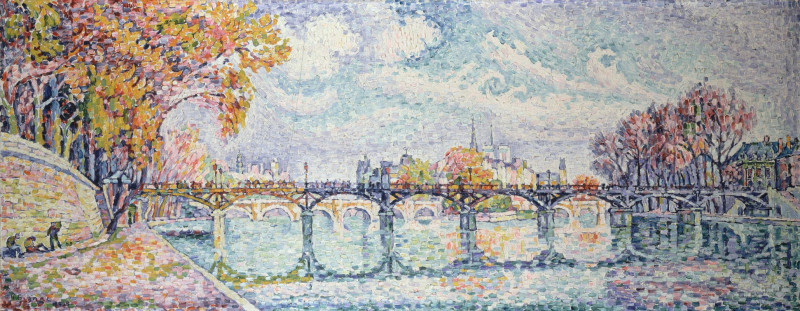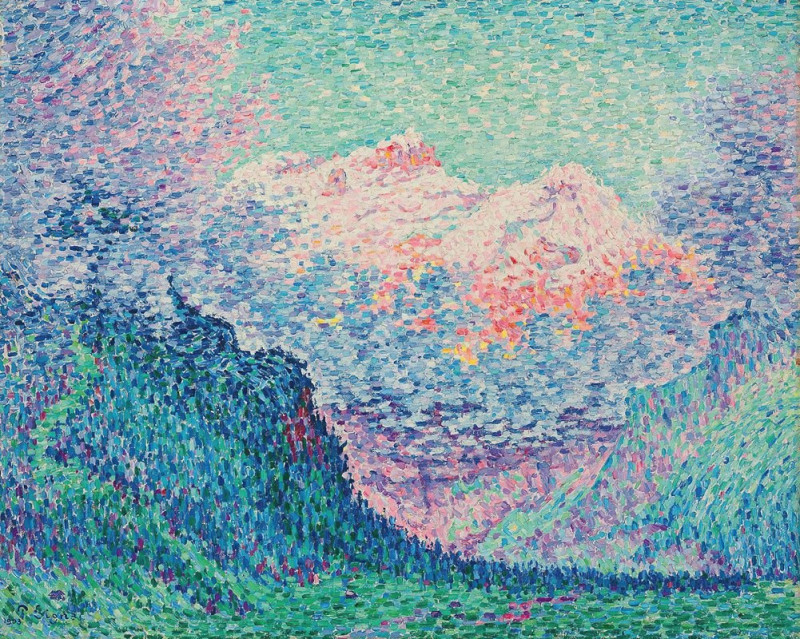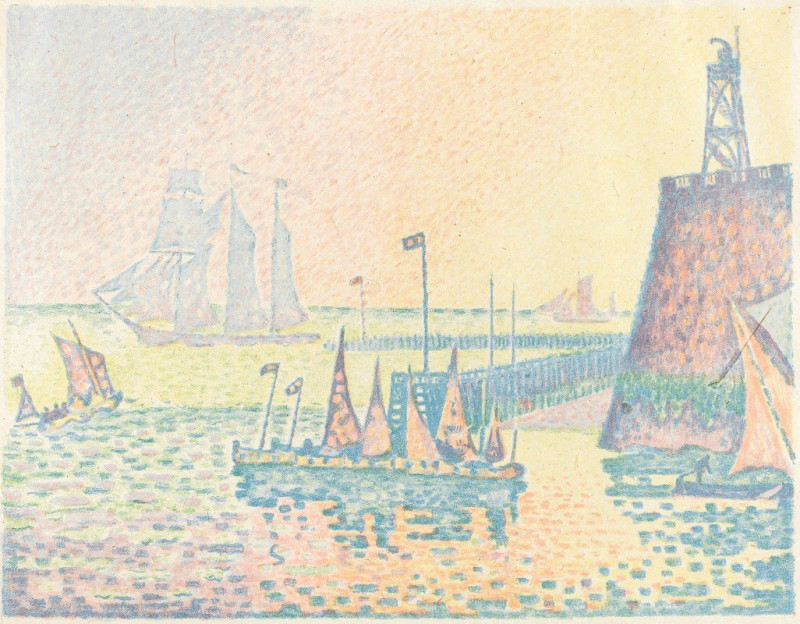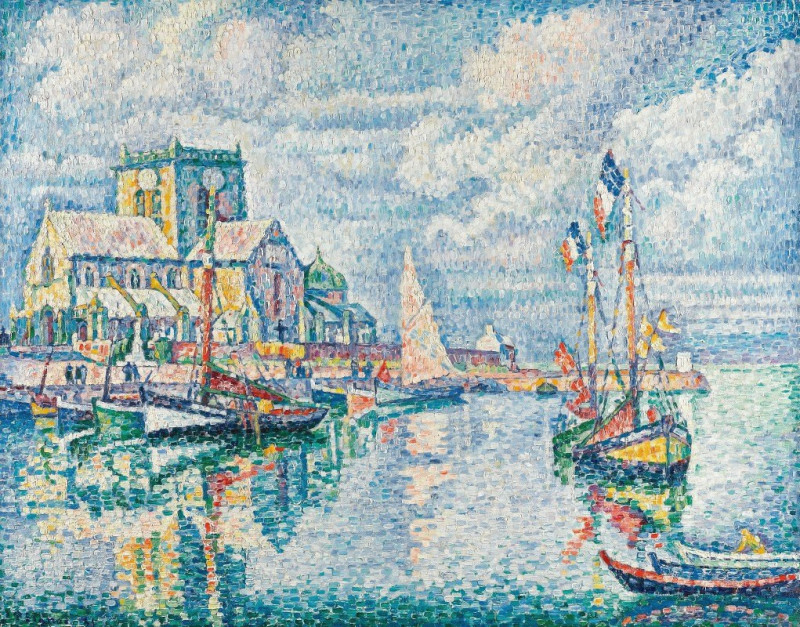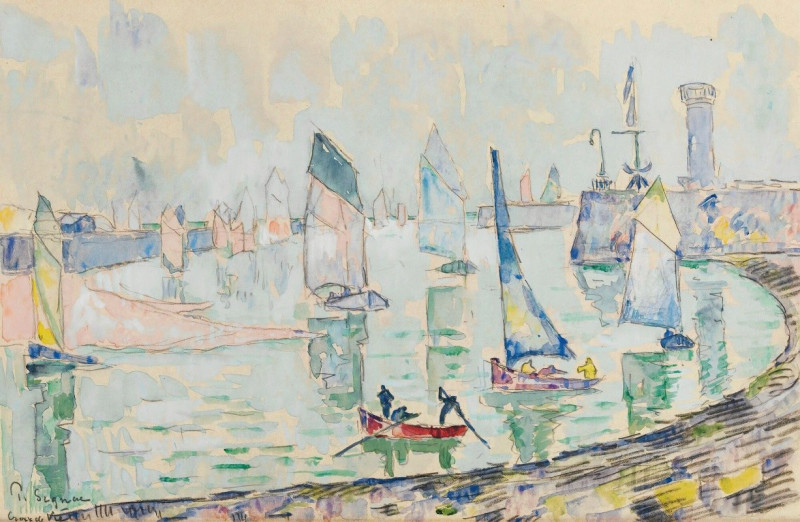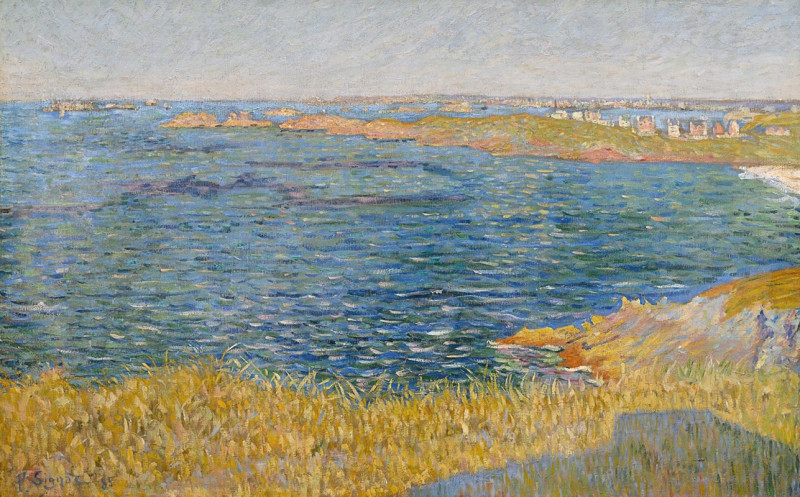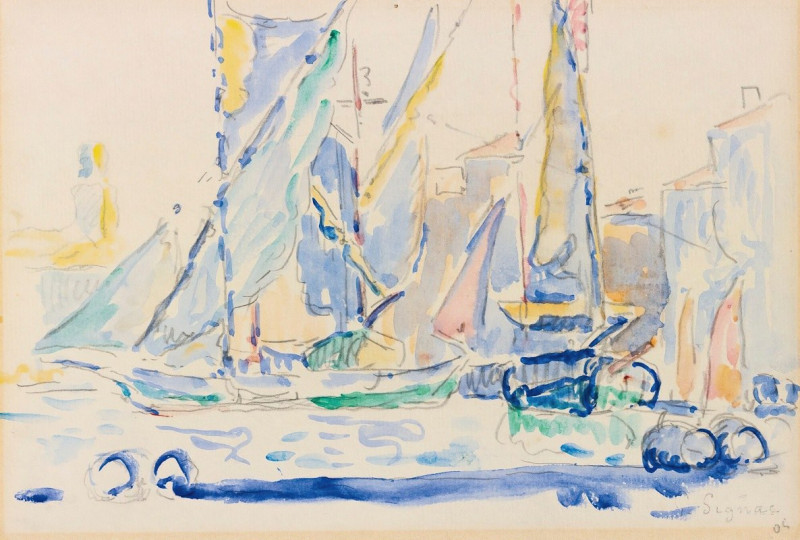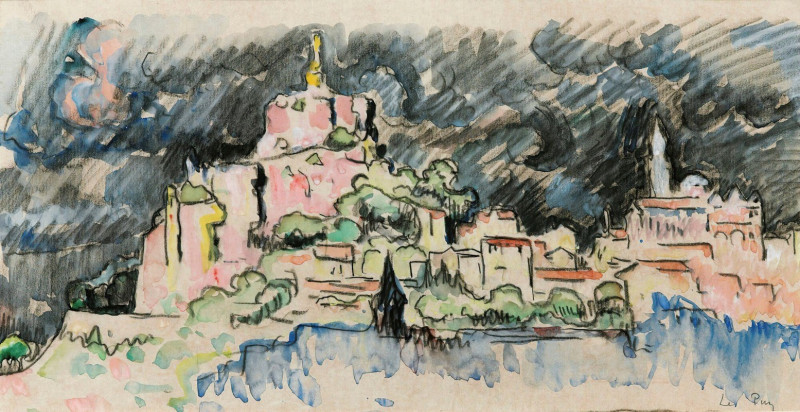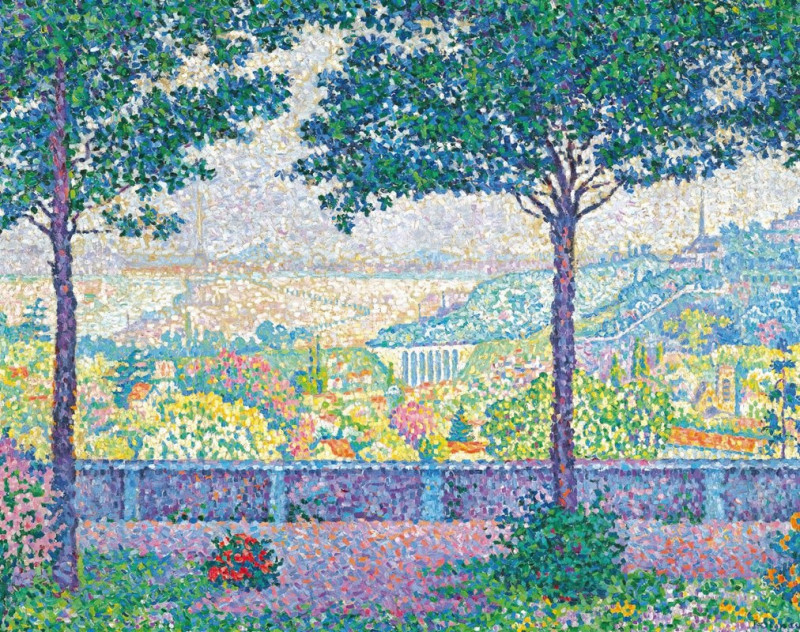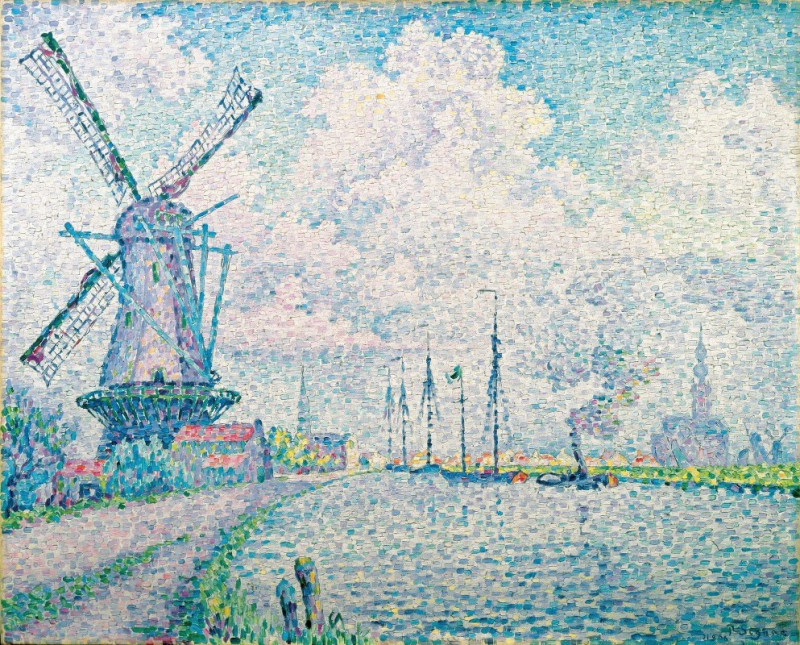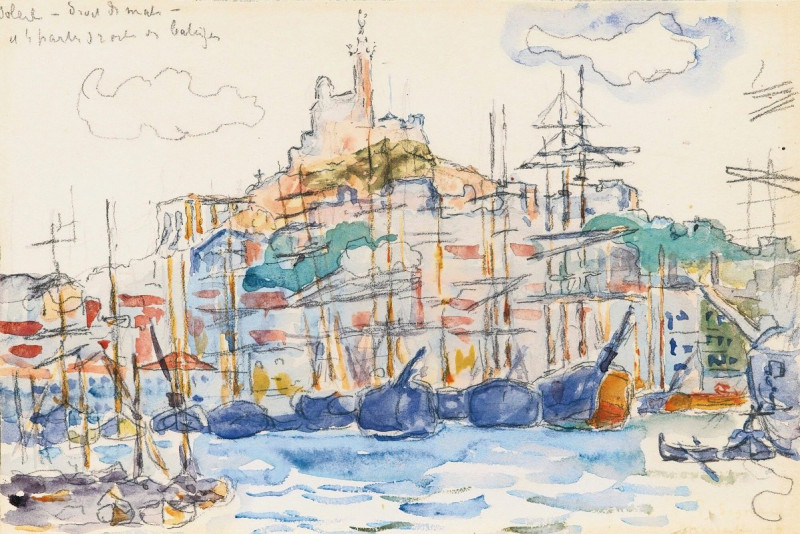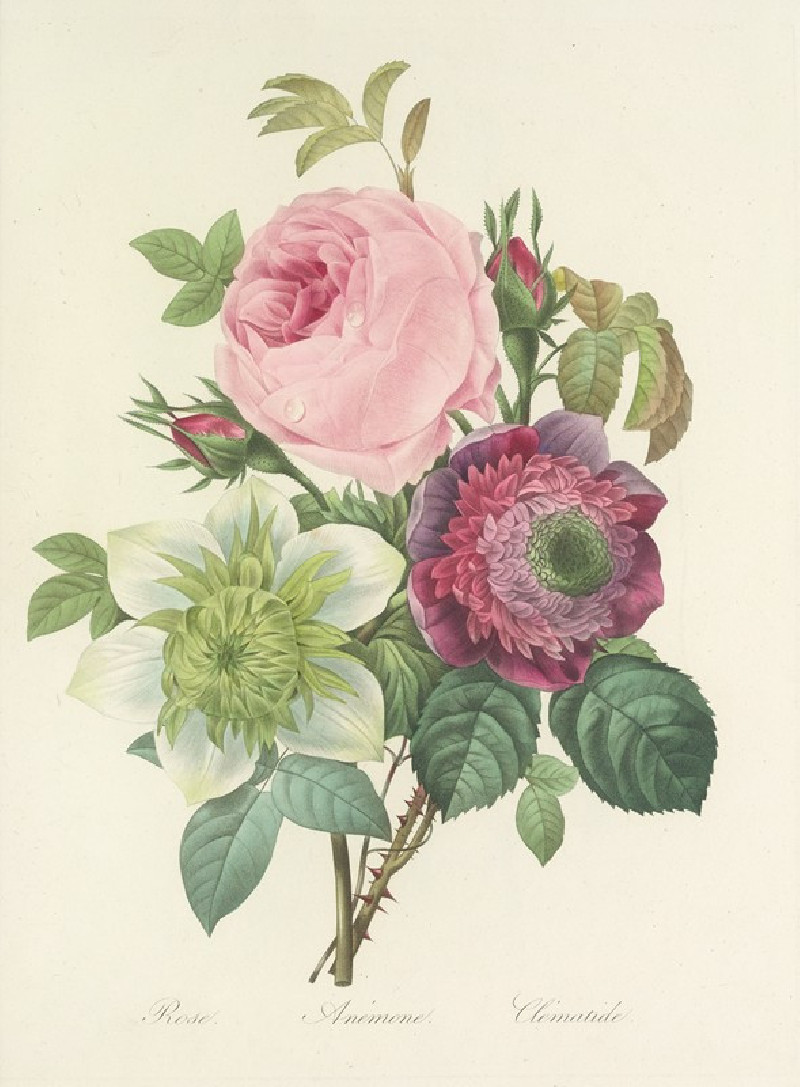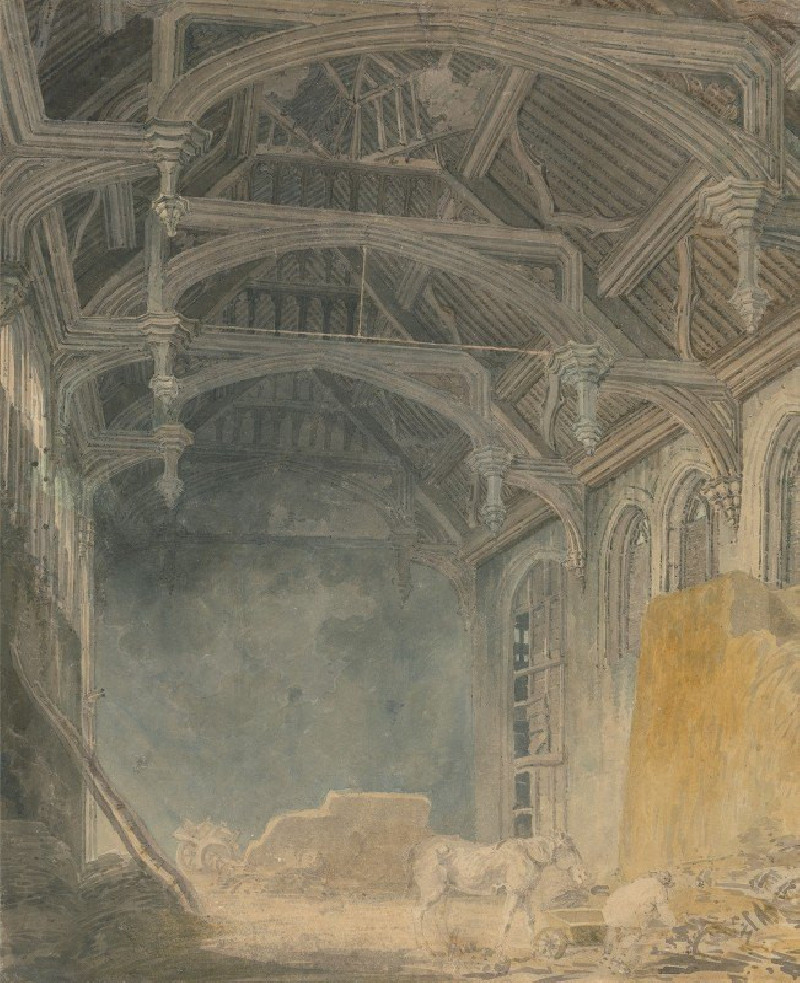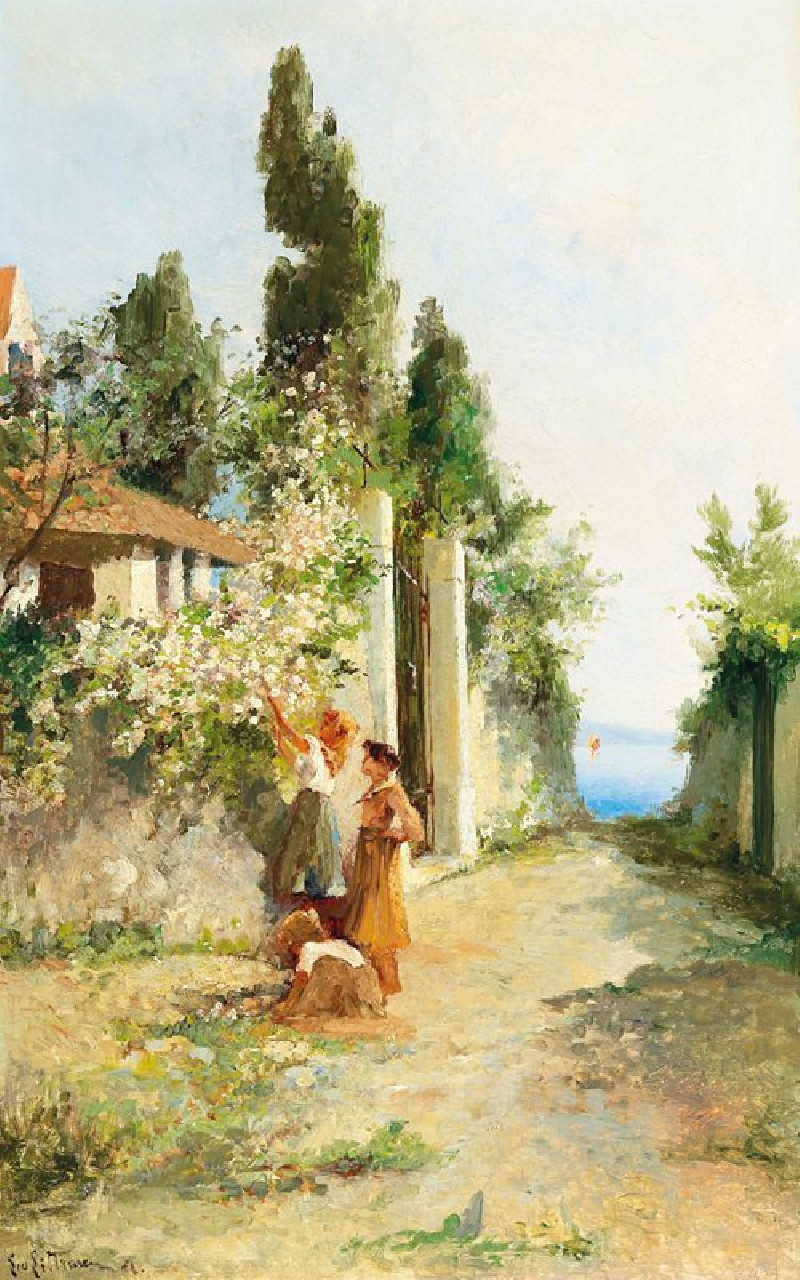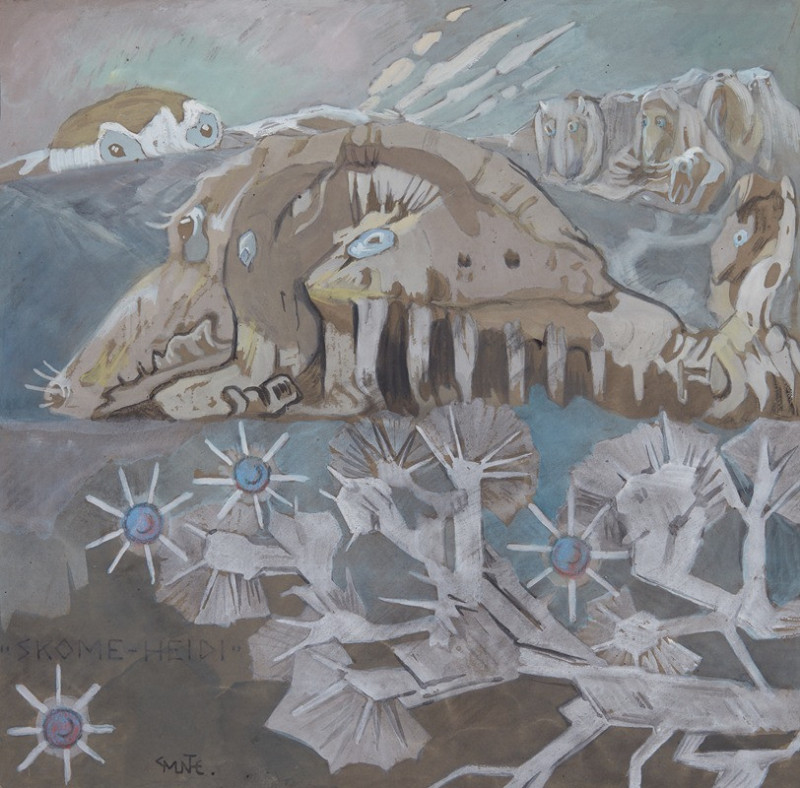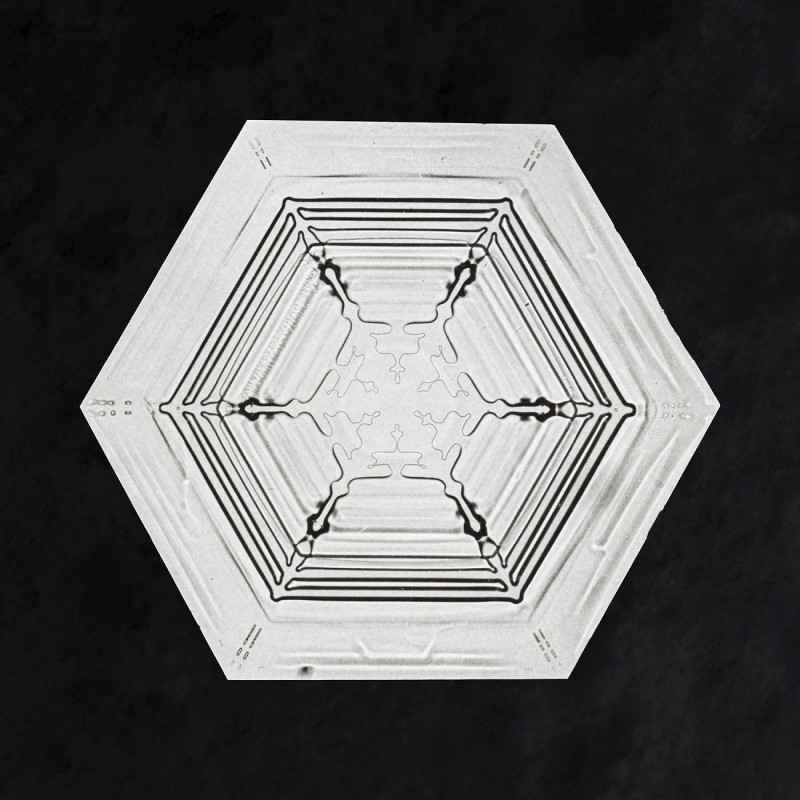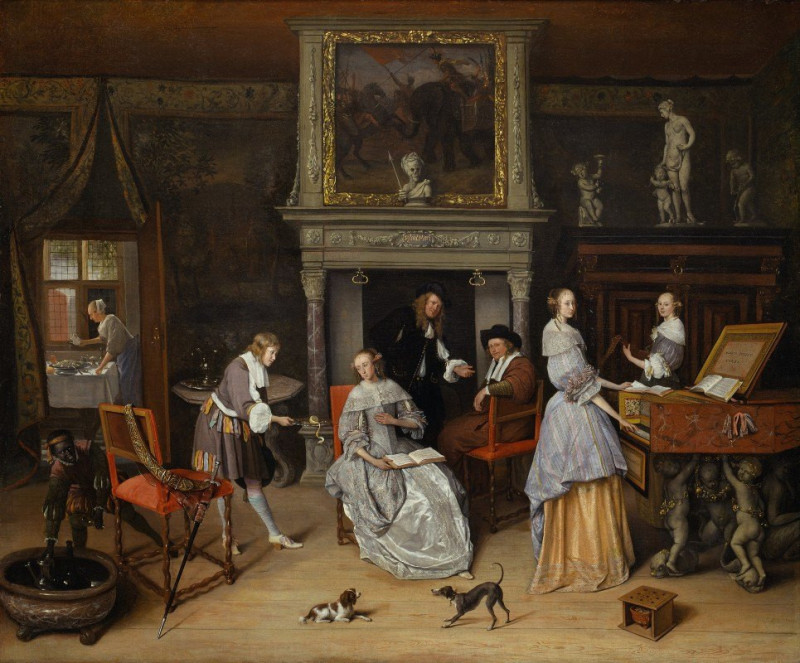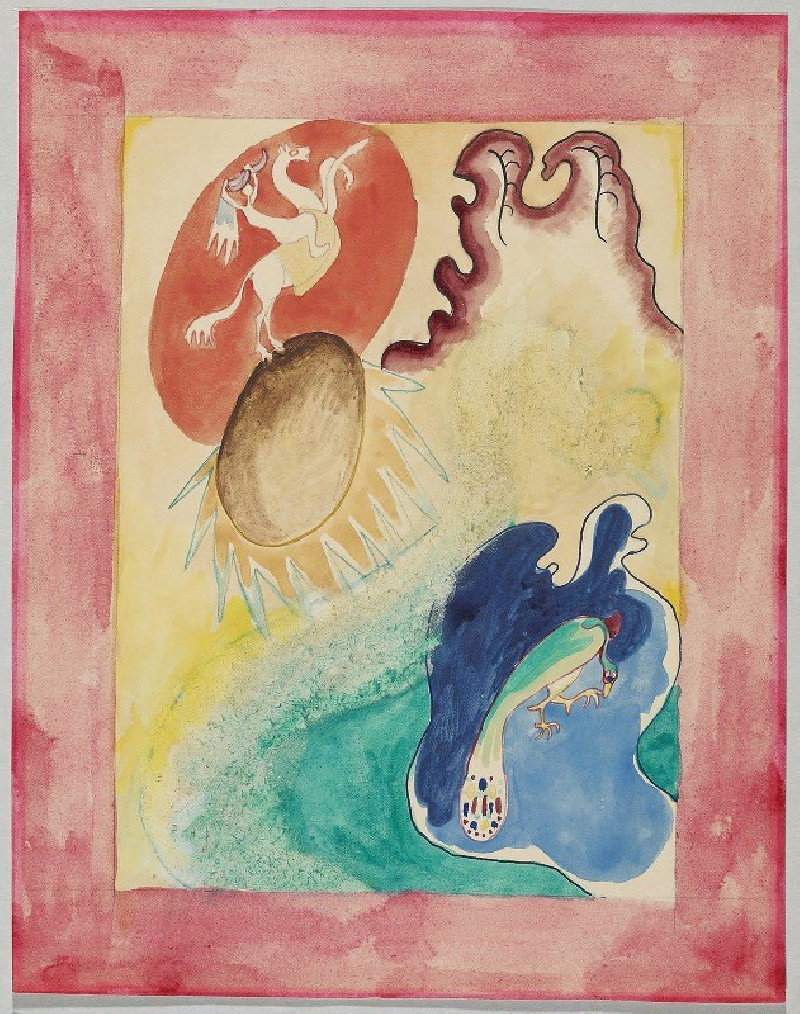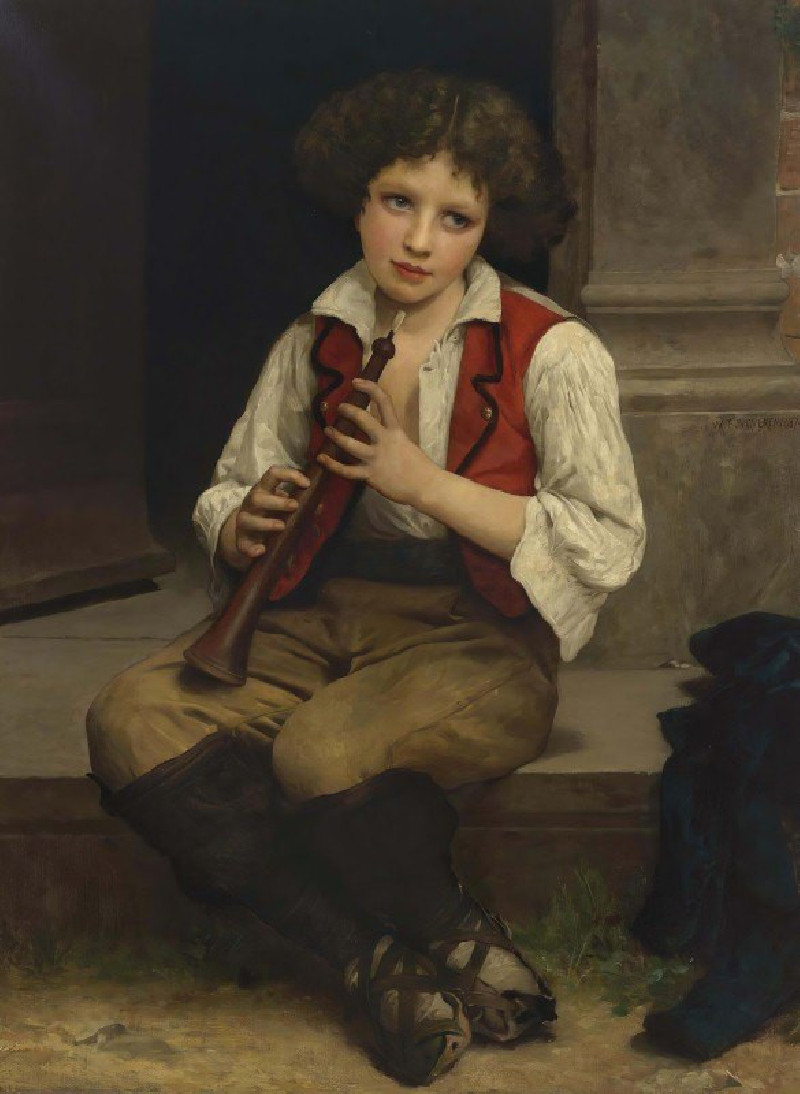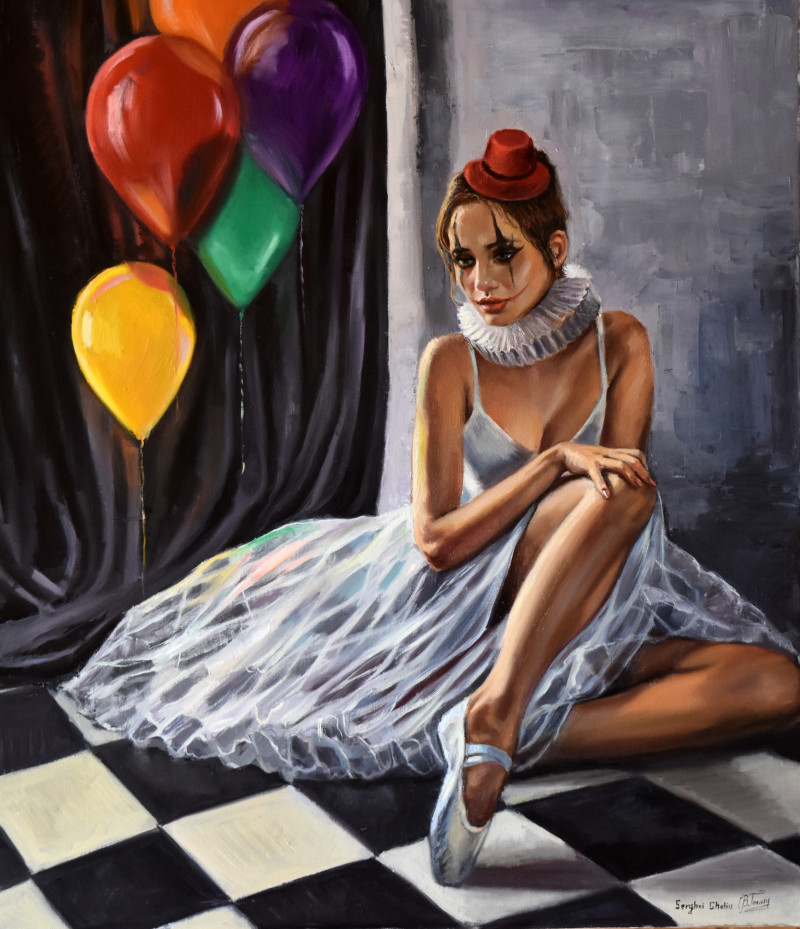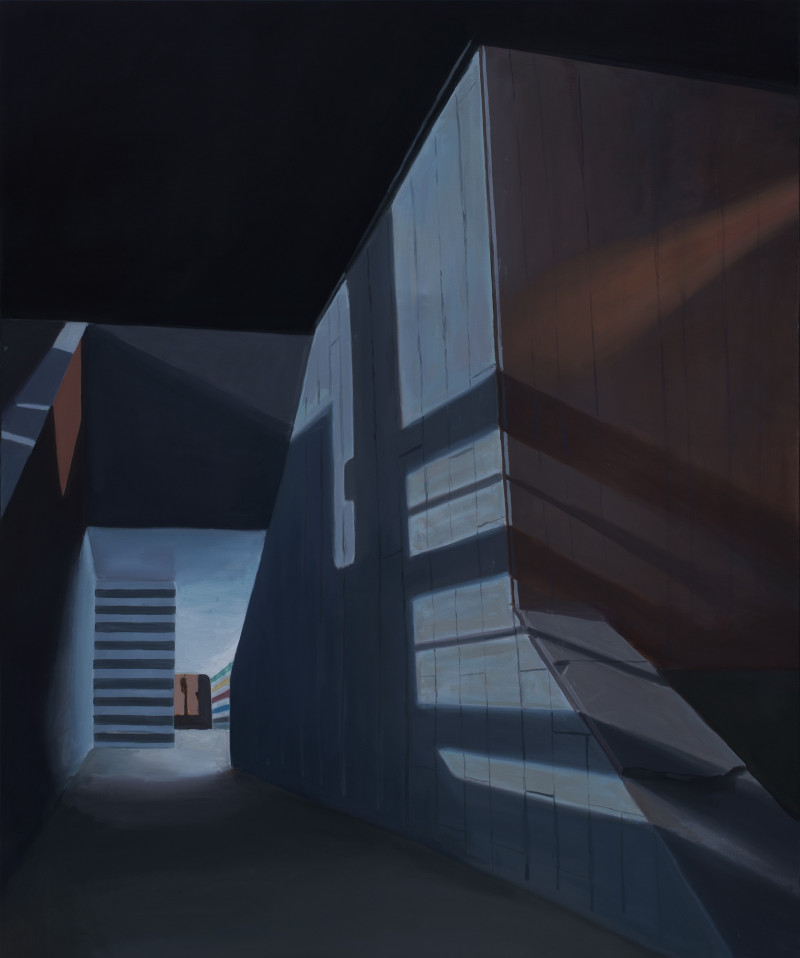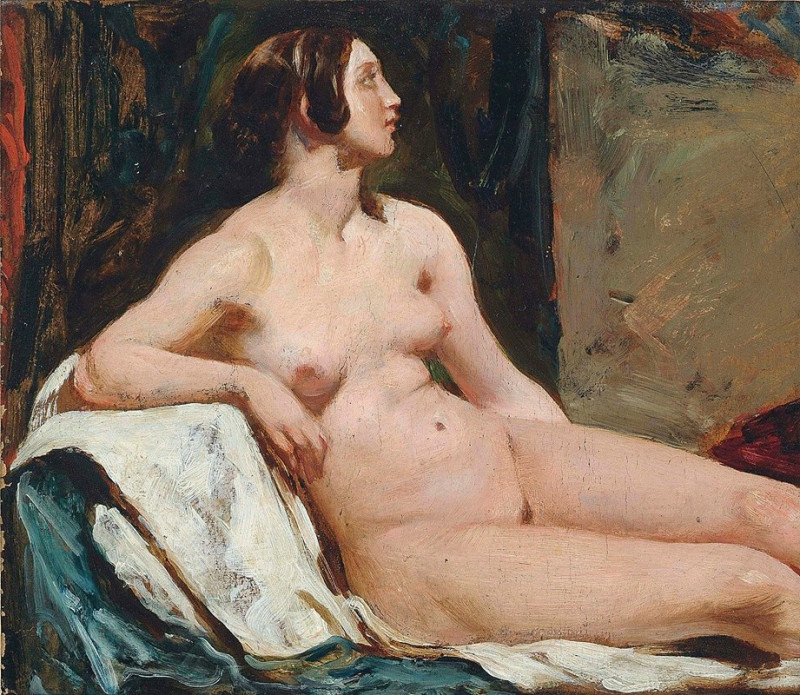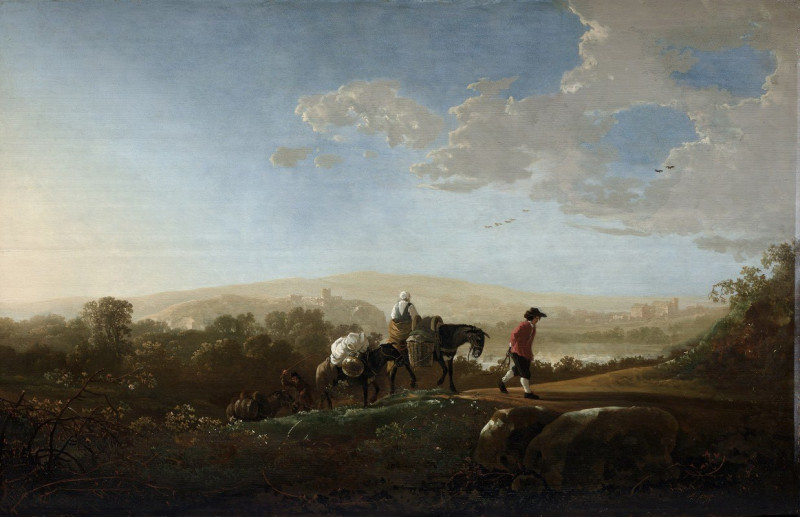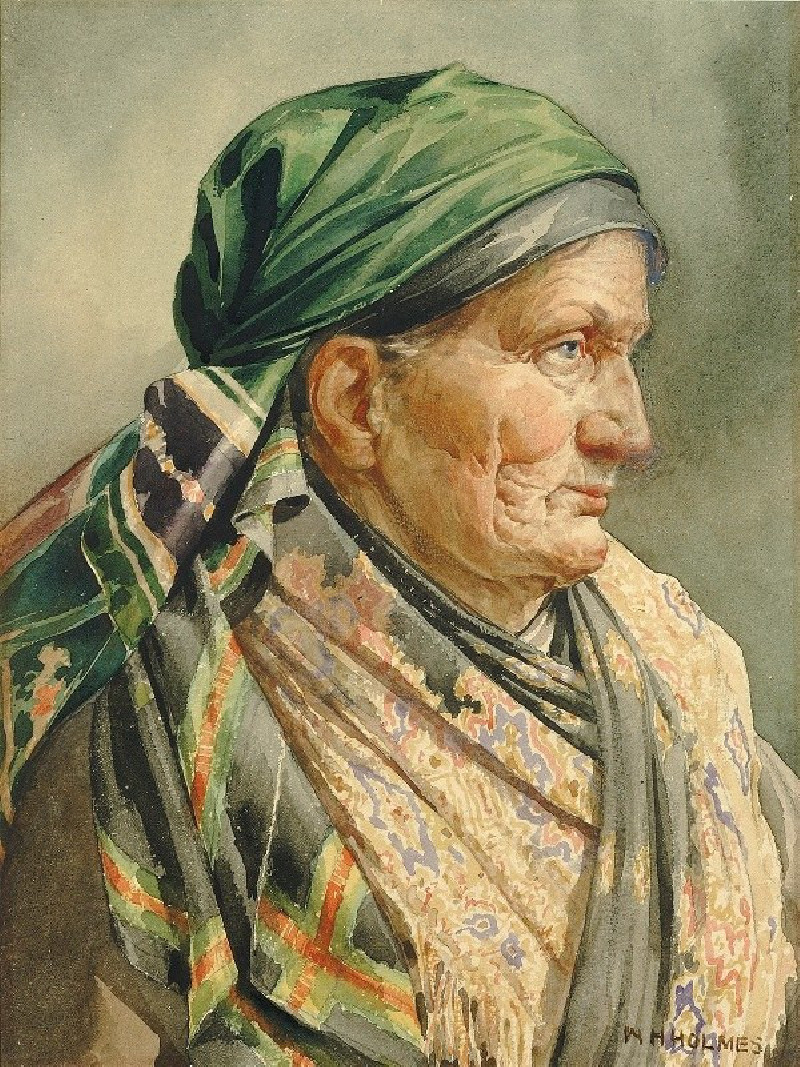St Julien-Beauchene, 1914,
Technique: Giclée quality print
Recommended by our customers
More about this artwork
"St Julien-Beauchene, 1914" by Paul Signac is a visually charming and vivid illustration capturing the essence of a bustling village scene seemingly nestled in a valley. The artwork is characterized by soft, yet vibrant, hues that create a light and airy atmosphere, a signature trait of Signac’s post-Impressionist and pointillist influences. The painting portrays a sweeping landscape dominated by a large, lush mountain that curves protectively around the village below.The village itself, depicted in the foreground, seems lively and quaint, composed of colorful houses, a prominent church with a tall steeple, and various trees that add a touch of nature’s vibrancy. Notable features include a statue or monument near the center, around which village life flows. Signac’s mastery in the use of colors and delicate brushstrokes is vividly apparent, bringing out the greens, reds, and blues of the roofs, foliage, and sky.There’s a dynamic feeling of daily life and activity in the village scene — perhaps indicated by figures seen near the buildings and along the pathways, suggesting movement. Overall, Signac’s work here captures not just a place, but a moment in time, infused with luminosity and tranquility, typical of his known style that emphasizes beauty in the everyday. The ornate frame surrounding the painting further enhances its historical and artistic significance, suggesting it is prized and well-preserved.
Delivery
Returns
Paul Signac (1863-1935) was a French Neo-Impressionist painter. Together with Georges Seurat, Signac developed the Pointillism style. He was a passionate sailor, bringing back watercolor sketches of ports and nature from his travels, then turning them into large studio canvases with mosaic-like squares of color. He abandoned the short brushstrokes and intuitive dabs of color of the impressionists for a more exact scientific approach to applying dots with the intention to combine and blend not on the canvas, but in the viewer's eye.

